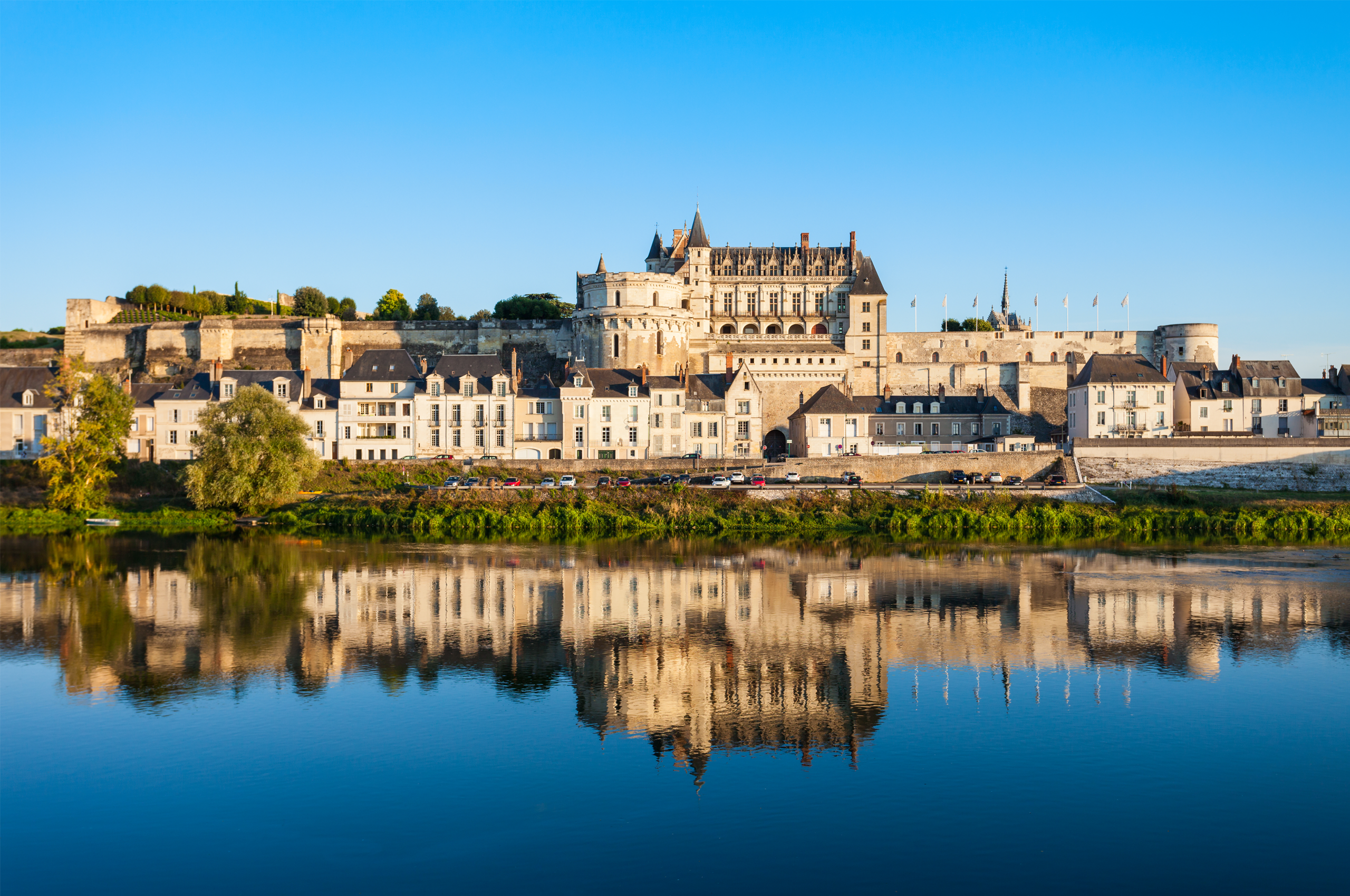Northern France Travel Guide
Northern France offers an irresistible blend of history, culture, and stunning scenery. From Paris’s world-class museums to Normandy’s D-Day beaches, Brittany’s rugged coastline, and the Loire Valley’s fairy-tale châteaux, this region is rich in experiences for every traveler.
Best Places to Visit
- 1. Paris –The City of Light
- Highlights: Eiffel Tower, Louvre, Notre-Dame, Seine River cruises, Montmartre.
- Why go: Iconic landmarks, fashion, café culture, and unmatched art.
- 2. Normandy –History & Coastal Charm
- Highlights: D-Day landing beaches, Mont-Saint-Michel, Rouen Cathedral, Honfleur.
- Why go: AWWII history, medieval towns, and fresh seafood.
- 3. Brittany –Wild Coast & Celtic Traditions
- Highlights: Saint-Malo’s ramparts, PinkGranite Coast, Carnac standing stones, Quimper.
- Why go: Dramatic coastline, unique culture, and delicious crêpes and cider.
- 4. Loire Valley –Châteaux & Vineyards
- Highlights: Château de Chambord, Château de Chenonceau, Amboise, Saumur.
- Why go: Renaissancecastles, wine tasting, and charming riverside towns.
When to Go
- Best Weather:
- Late May–June& September –Pleasant temperatures, fewer crowds, great for sightseeing and outdoor activities.
- Best Value:
- April–early May& October –Mild weather with fewer tourists, lower hotel rates.
- Winter (Nov–March) –Budget-friendly, but expect some closures in smaller towns.
- Avoid (if possible):
- Late July–August –Peak holiday season in France, especially coastal areas; higher prices and crowded attractions.
- Average Seasonal Temperatures
- Spring: 50–65°F (10–18°C) –Blooming gardens, light jacket weather.
- Summer: 65–80°F (18–27°C) –Warm and sunny, perfect for outdoor dining.
- Fall: 50–70°F (10–21°C) –Colorful foliage, crisp air.
- Winter: 35–50°F (2–10°C) –Mild for winter, occasional rain.
- What to Bring
- Clothing: Comfortable walking shoes, layers for changeable weather, light raincoat, scarf for style and warmth.
- Accessories: Umbrella, sunglasses, small daypack.
- Travel essentials: Train tickets or rental car confirmation, adapter for European outlets.
- Important Things to Consider
- 1. Transportation:
- Train: Excellent for Paris–Loire Valley and Paris–Normandy connections.
- Car: Best for exploring Brittany’s coast or visiting multiple Loire châteaux in a day.
- 2. Museum passes: Consider the Paris Museum Pass for savings and skip-the-line access.
- 3. Driving tips: Watch for “péage” toll roads; many historic centers have restricted car zones.
- 4. Market days: French markets are a highlight—ask locally for days and times.
- 5. Language:A few polite French phrases go a long way
- What to Eat
- Paris: Croissants, baguettes, macarons, steak frites.
- Normandy: Camembert cheese, apple cider, moules marinières, tarte Tatin.
- Brittany: Buckwheat galettes, salted butter caramel, fresh oysters.
- Loire Valley: Goat cheese (Crottin de Chavignol), white wines (Sancerre, Vouvray), rillettes.
- Sample 10-Day Itinerary
- Day 1–4: Paris –Landmarks, museums, Montmartre, day trip to Versailles.
- Day 5–6: Loire Valley –Château visits, wine tasting, cycling along the Loire River.
- Day 7–8: Normandy –Bayeux, D-Day beaches, Mont-Saint-Michel.
- Day 9–10: Brittany –Saint-Malo, coastal drives, seafood feasts.
- Travel Tip Recap
- Visit in late spring or early fall for the perfect balance of weather and value.
- Combine train travel with short car rentals for maximum flexibility.
- Allow time to linger over long French meals—they’re part of the culture.
- Pre-book tickets for major sites like the Eiffel Tower and Mont-Saint-Michel.





